
Pro Storage and Networking (10)
NAS, SAN, High Capacity DAS that type of thing
NETGEAR drops the WAP720 with Ensemble Mode. We take a look Featured
Written by Sean KalinichWiFi is one of those services that people simply expect to see these days. When you walk into just about any public building you are going to start looking for the “free” WiFi that they have. Most people do not stop to think about that that looks like behind the scenes especially when you are in a smaller business. In a large business you have multiple wireless access points (WAPs) that are run by a central controller. This centralized control system makes it relatively simple to control both the business side and the guest side of the wireless network. These tools can be very expensive and out of the budget range for most small companies. Instead a small business will end up with either an edge device with built in wireless (and really bad service), a single WAP or multiple individual WAPs that need to be managed independently and have their own problems.
NETGEAR WC7600 Wireless Controller and WN370 Access Point Review Featured
Written by Sean KalinichFor the majority of people the term wireless means a simple router or access point (AP) and that is that. However, when you look at wireless on a larger scale you have to have a means to control access points in your organization with a little more efficiency. The thought of going from AP to AP and manually making changes to ensure proper coverage or channel plans is one that would keep most network engineers up at night. However systems that offer a centralized management point for multiple Aps are typically out of the range of small and even medium sized businesses. NETGEAR has stepped in and created a few products to cover this market. We have their WC7600 Wireless controller and a pair of WN370 Access Points in the lab, so let’s check this bundle out and see how it fits in.
NETGEAR ProSafe XS708E 8-Port 10Gbe Switch Review Featured
Written by Sean Kalinich |
In the world of the enterprise bandwidth is everything. If you do not have enough or you cannot keep your systems running then you are sure to lose money. The problem is getting the bandwidth you need without spending too much to get it. The current backbone to client standard is 1Gbe (Gigabit Ethernet). This give you plenty of bandwidth for client operations as well as voice traffic (which is typically about 20% of your data usage. Now this is great when you are talking about client to server traffic, but what happens when you need servers to talk to each other or servers to talk to storage? Here you need significantly more bandwidth than you do out to clients. Right now at the high-end of the spectrum you have 40Gbe (with 100Gbe coming very soon) and just under this is 10Gbe. Traditionally 10Gbe has been the playing ground for fiber optics or for TwianAixal cables. The problem is that these are not all that economical and end up out of the hands of all but larger enterprise networks. Things have changed though, just like 1Gbe over 10 years ago, 10Gbe is now hitting the price range that puts it into the hands of small and medium sized businesses. We are going to take a look at one of these options today in the form of the NETGEAR ProSafe XS708E 8-port 10Gbe Ethernet Switch.
Synology DS1513+ Review Part I - Intro and Teardown Featured
Written by Sean Kalinich |
Storage is something that everyone needs. No matter if you are a single end user or a gigantic corporation you have to have a place to keep your data. This one little fact has never changed and probably never will. The difference is that home users are now higher on the scale when it comes to storage needs than many small and medium sized business. Home users are maintain more and more data in the form of movies, music pictures and even installation files while many small businesses are only storing simple documents and perhaps a few databases. It has changed the dynamic in the way storage products are marketed in many ways and this is not truly a completely good thing. While a normal consumer might store more information than a small business they do not have the same need to never be offline or unavailable. The typical home user also does not have the same number of connections to their data as a medium or even small business. There needs to be a class of NAS that can handle these requirements without pushing the price tag over the top. Synology has a very solid answer for these questions and more all bundled up inside the new DS1513+; this is a five-bay NAS that includes four 1Gbps LAN and a ton of other features. Let’s dive in and take a look shall we?
Synology DX513 Five-Bay Expansion Module Review Featured
Written by Sean Kalinich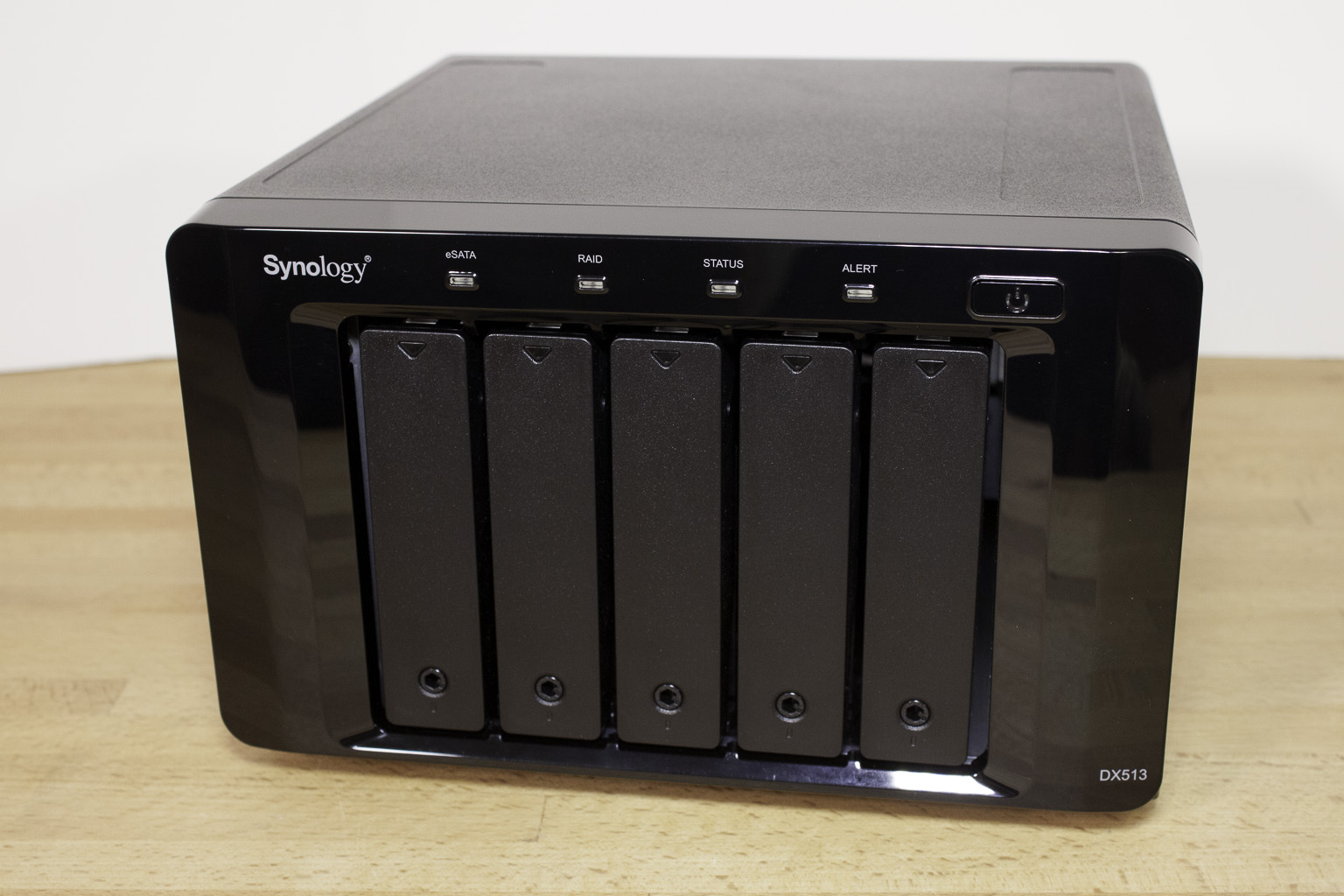 |
Storage is one of those things that you never seem to have enough of. Just when you think that 2Terabyte drive is going to last you it seems to get full like magic. I can vividly remember buying a 1.2GB drive and thinking that would last me for a very long time. As you might have guessed it did not and the progression only got faster. It was not long before file sizes were getting larger faster than storage makers could keep up, at least in the consumer world. In the professional world we still had large arrays of disks (RAID) to help maintain capacity and performance. Unfortunately, these arrays also had a limit due to the difficulty in expanding them once you reached their capacity. As storage systems evolved this was remedied by adding in more “trays” of disks. The down side here is that these types of systems are very expensive and out of the reach of many (if not most) small and medium sized businesses. In this space the NAS (Network Attached Storage) and not the SAN (Storage Area Network) are the most common products and have the same limitations of direct attached storage. So, what do you do when your NAS runs out of space? Synology has an answer for you in the DX513. Follow along with us as we show you just how easy and even cost effective this handy add on to the DS1512+ is.
Thecus N5550 NAS Intro and Teardown Featured
Written by Sean Kalinich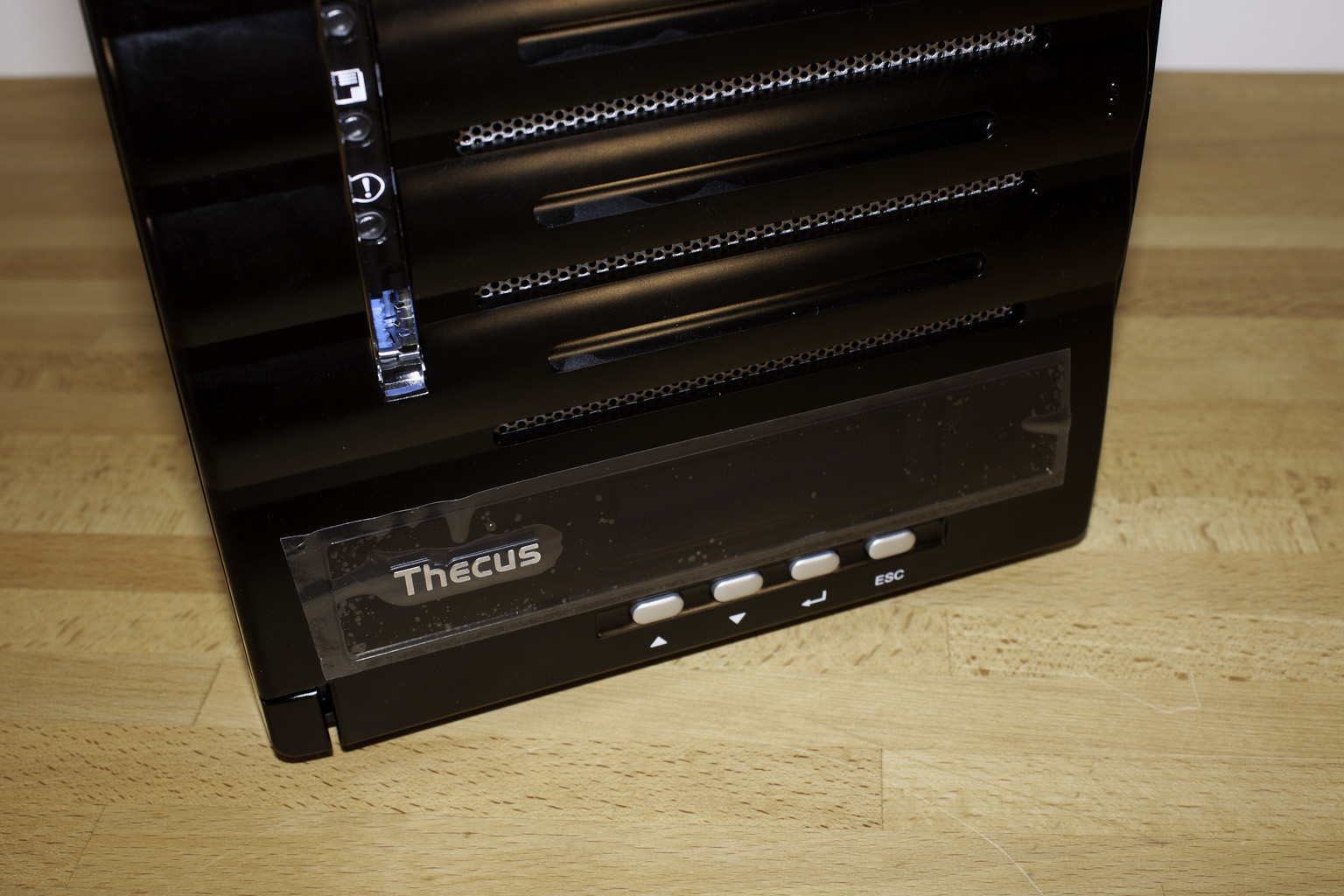 |
With the big push for everything in the cloud we have been focusing on ways to consumers and businesses to bring their data back into their own control. One of the least expensive methods for this is through the use of a NAS (Network Attached Storage) device. These are devices that have a minimum of two drive bays and allow for you to set up RAID (Redundant Array of Inexpensive Disks) Volume for performance and/or redundancy. Today in the Lab we have a five-bay NAS device from Thecus. This is an Atom based system with support for up to 15TB of RAW space and 3GB of memory. So let’s take a look at the Thecus N5550 and see what this $600 (empty) NAS has to offer as we dig deep into its design, build and features.
Thecus N2800 2-Bay NAS Design and Feature Review Featured
Written by Sean Kalinich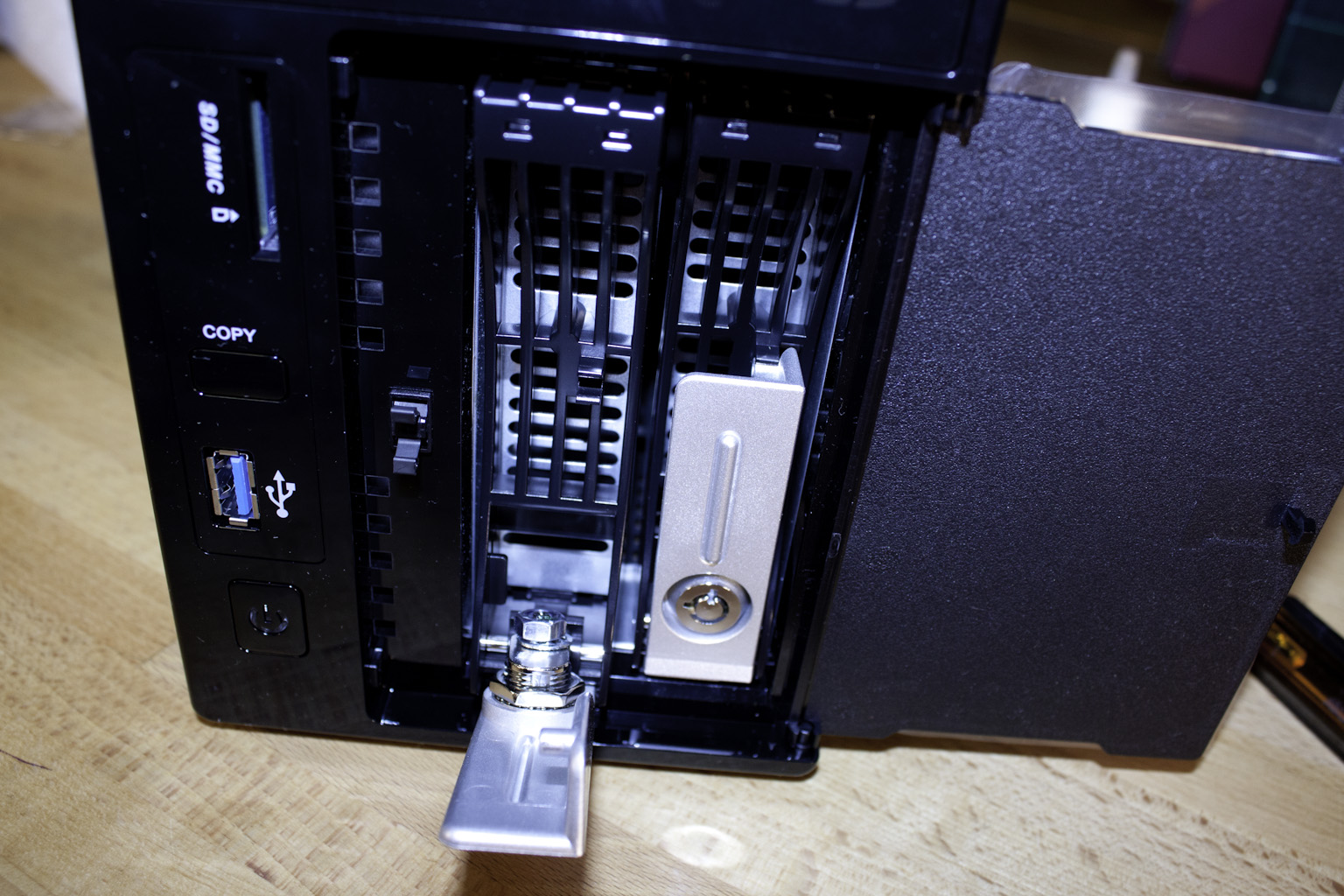 We have another network storage device in our labs; the Thecus N2800. This is a 2-bay NAS with dual network controllers, USB 3.0, USB 2.0, and eSATA connectivity. We have tinkered around with some of Thecus’ products before and found that they usually are looking at getting you solid performance, but you are not going to get a ton of frills with them. This is not to say they do not have their own feature set that is worth talking about, but that in the past we have found them to be very straight forward products. Good performance, good price and they will do what you need them to. We have been told that this has changed at Theucus and they are moving in the direction of adding in a wider feature set with their NAS Products. So let’s take a look and see if there has been any improvement.
We have another network storage device in our labs; the Thecus N2800. This is a 2-bay NAS with dual network controllers, USB 3.0, USB 2.0, and eSATA connectivity. We have tinkered around with some of Thecus’ products before and found that they usually are looking at getting you solid performance, but you are not going to get a ton of frills with them. This is not to say they do not have their own feature set that is worth talking about, but that in the past we have found them to be very straight forward products. Good performance, good price and they will do what you need them to. We have been told that this has changed at Theucus and they are moving in the direction of adding in a wider feature set with their NAS Products. So let’s take a look and see if there has been any improvement.
Synology DS1512+ Five-Bay NAS Performance Review Featured
Written by Sean Kalinich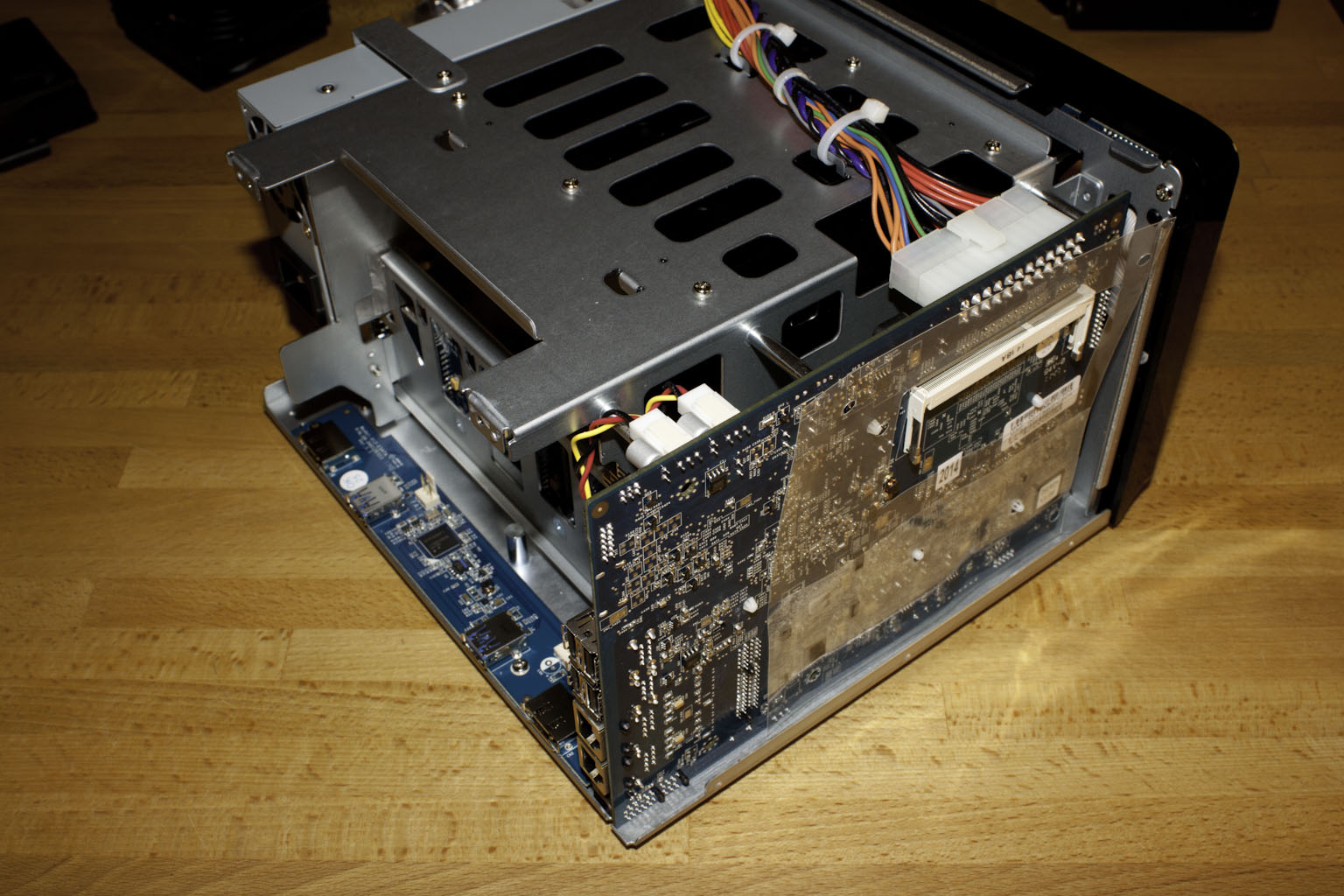 As the push for cloud based storage and services becomes greater we have been taking a look at the value of these from not only a monetary view, but also from a privacy and security view. To this end we have been tinkering around with a few Network Attached Storage Devices (NAS). One of our first is the Synology DiskStation DS1512+. We have already dissembled the DS1512+ in the first part of our coverage and now have pounded on it for a good length of time to see how it performs using a few synthetic tests as well as real-world usage. So let’s take a look at our results.
As the push for cloud based storage and services becomes greater we have been taking a look at the value of these from not only a monetary view, but also from a privacy and security view. To this end we have been tinkering around with a few Network Attached Storage Devices (NAS). One of our first is the Synology DiskStation DS1512+. We have already dissembled the DS1512+ in the first part of our coverage and now have pounded on it for a good length of time to see how it performs using a few synthetic tests as well as real-world usage. So let’s take a look at our results.
We take a look at the NETGEAR ProSafe WNDAP360 Dual-Band Wireless Access Point Featured
Written by Sean Kalinich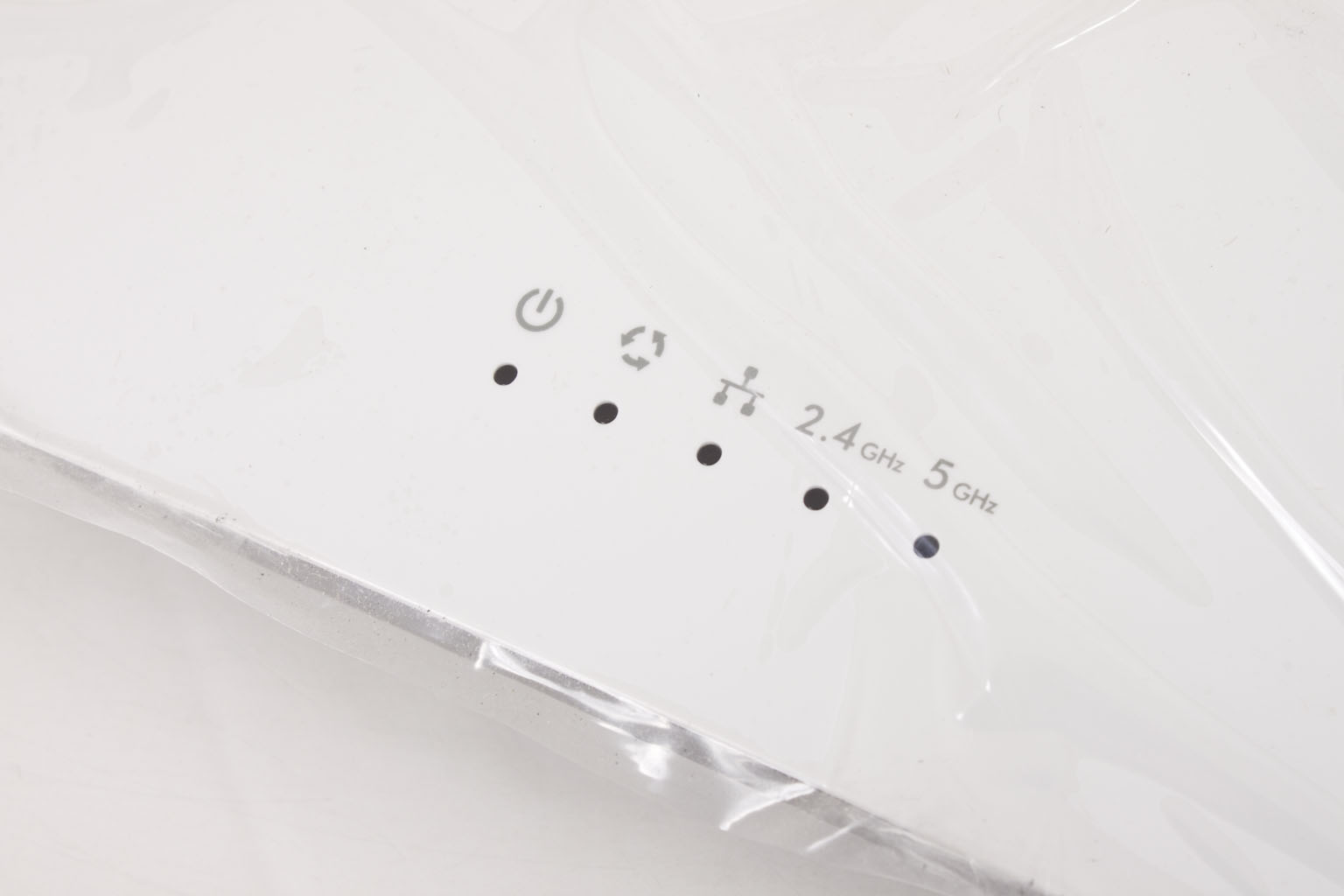 In my time in IT I have worked with a number of wireless devices for the consumer and for businesses. These have ranged everywhere from simple $40 products that are only meant to get you online (not fast, but online) to multi-component wireless systems costing thousands of dollars. All of these still use the same basic technology to get you connected and to pass traffic between your device and the internet. At their heart is going to be a wireless radio, but this does not mean that all wireless products are the same; quite the opposite in fact. There is a clear line between wireless for the average home and wireless for the average business. The factors are mostly in the software used and the features that you have at your disposal, but you also will often have more advanced hardware under the hood as well. Today we will be taking a look at standalone wireless access point that is aimed at the business market (although there are many things that consumers will like about as well). This is the NETGEAR WNDAP360 ProSafe Dual Band Wireless Access Point; let’s see if worth the $290 it will cost to put one of these in your office.
In my time in IT I have worked with a number of wireless devices for the consumer and for businesses. These have ranged everywhere from simple $40 products that are only meant to get you online (not fast, but online) to multi-component wireless systems costing thousands of dollars. All of these still use the same basic technology to get you connected and to pass traffic between your device and the internet. At their heart is going to be a wireless radio, but this does not mean that all wireless products are the same; quite the opposite in fact. There is a clear line between wireless for the average home and wireless for the average business. The factors are mostly in the software used and the features that you have at your disposal, but you also will often have more advanced hardware under the hood as well. Today we will be taking a look at standalone wireless access point that is aimed at the business market (although there are many things that consumers will like about as well). This is the NETGEAR WNDAP360 ProSafe Dual Band Wireless Access Point; let’s see if worth the $290 it will cost to put one of these in your office.
Synology's DS 1512+ NAS Stops By The Lab For Some Testing Featured
Written by Sean Kalinich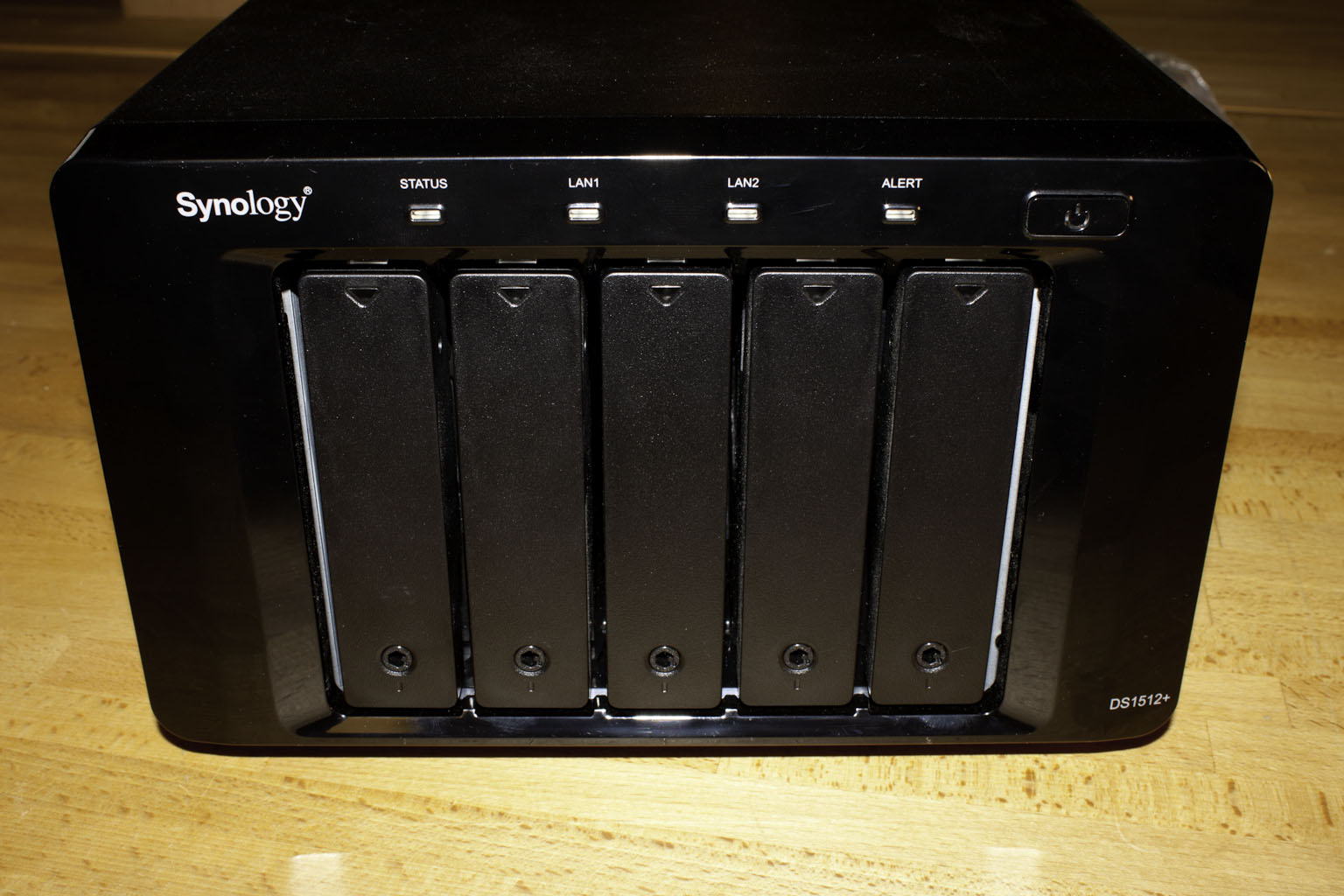 When I first got into the IT game the storage needs of even large companies could be maintained in less space than what typically fits on a CD-ROM. In fact all of the applications that we used in the shop fit onto 20 3.25-inch 720KB floppy disks! Now you would be hard pressed to store one or two Word documents on even one of those floppies. Fortunately as our storage requirements have grown so have the devices we keep all that data on. For most home users simply dropping in a 1 or 2 Terabyte hard drive will be enough, but for businesses, prosumers and enthusiasts might need a bit more. For this there are products that can be attached to a normal home or office network that offer extra storage (and many other functions) to meet these needs. Synology is a maker of NAS (Network Attached Storage) devices. The idea of the NAS is not new, nor is it a business only product. There have been multiple consumer level NAS devices. The one we have in from Synology is a little outside the normal home environment. This is the Disk Station 1512+ it is a 5-Bay, Dual-Lan, Network Storage device that has some great hardware and software features in store of anyone picking this product up. We will be taking a look at the hardware used inside, the build and some of the basic features in this part of our coverage. So let’s get started.
When I first got into the IT game the storage needs of even large companies could be maintained in less space than what typically fits on a CD-ROM. In fact all of the applications that we used in the shop fit onto 20 3.25-inch 720KB floppy disks! Now you would be hard pressed to store one or two Word documents on even one of those floppies. Fortunately as our storage requirements have grown so have the devices we keep all that data on. For most home users simply dropping in a 1 or 2 Terabyte hard drive will be enough, but for businesses, prosumers and enthusiasts might need a bit more. For this there are products that can be attached to a normal home or office network that offer extra storage (and many other functions) to meet these needs. Synology is a maker of NAS (Network Attached Storage) devices. The idea of the NAS is not new, nor is it a business only product. There have been multiple consumer level NAS devices. The one we have in from Synology is a little outside the normal home environment. This is the Disk Station 1512+ it is a 5-Bay, Dual-Lan, Network Storage device that has some great hardware and software features in store of anyone picking this product up. We will be taking a look at the hardware used inside, the build and some of the basic features in this part of our coverage. So let’s get started.
You can check out the performance half of this review here



